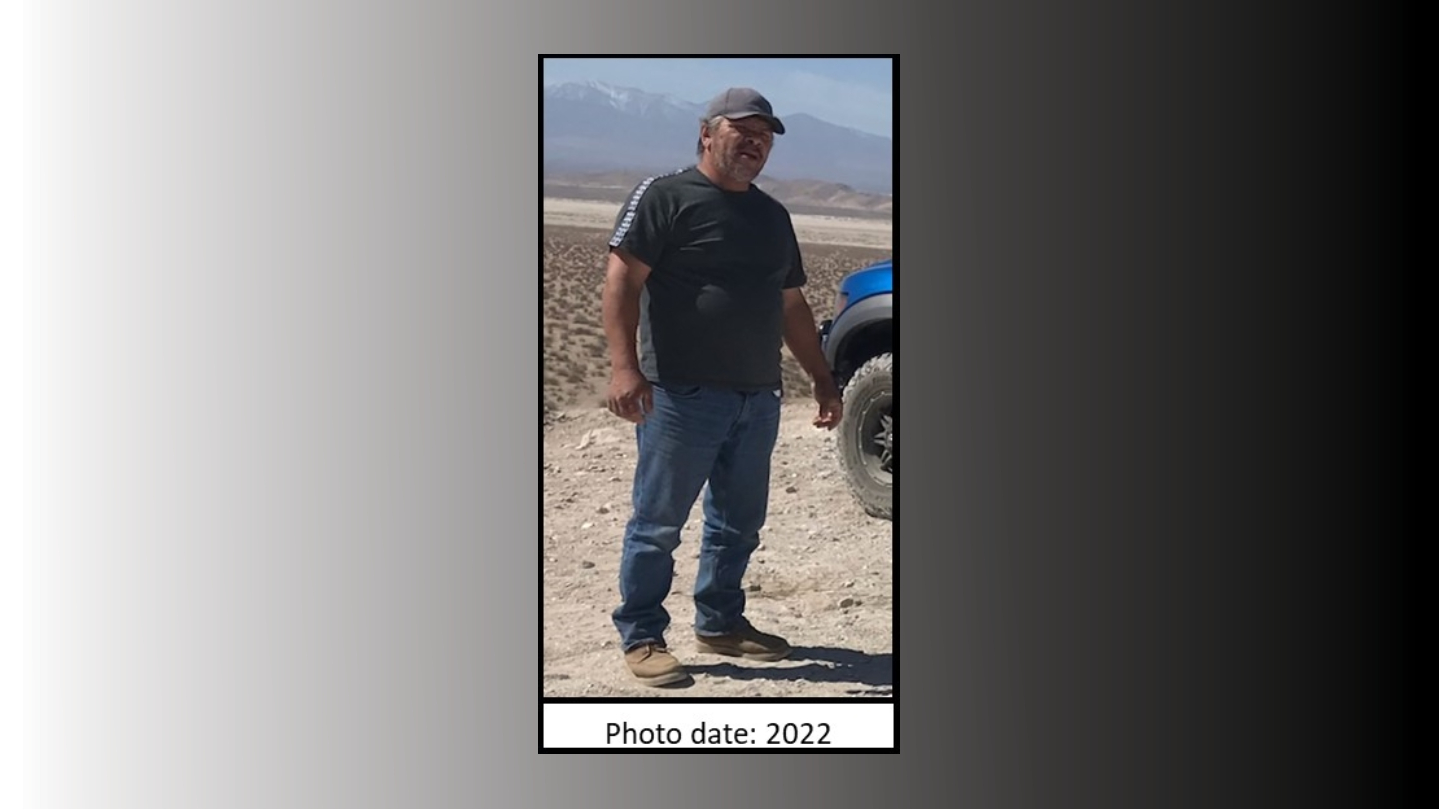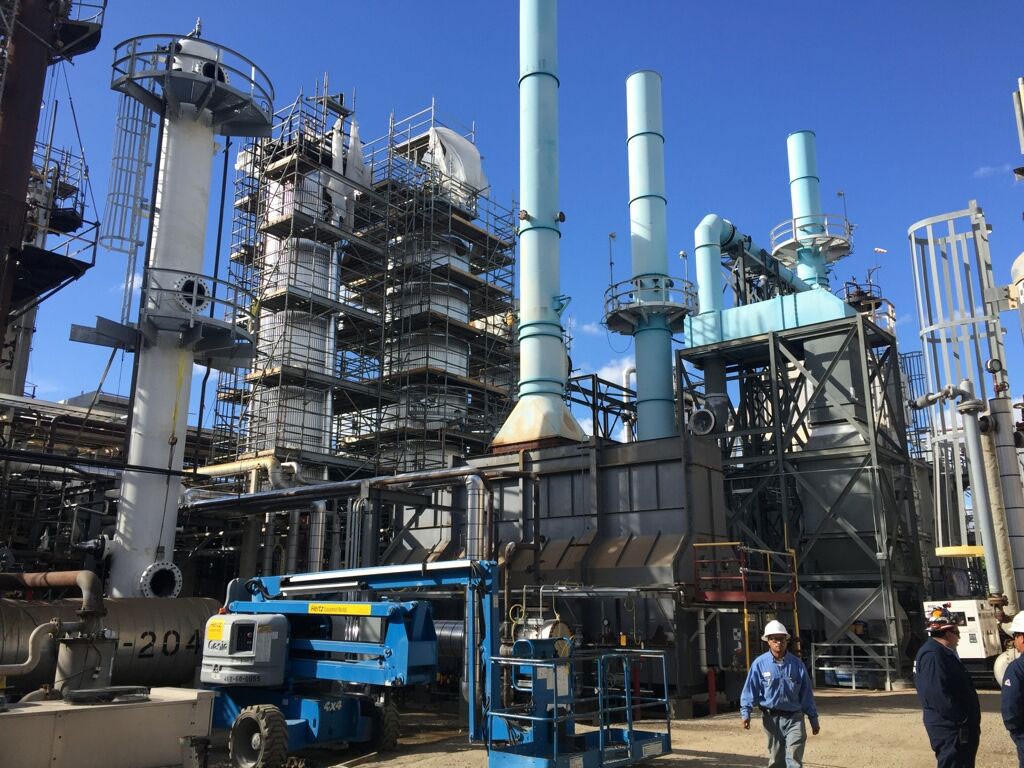Two Playa del Rey residents have taken legal action against Los Angeles County, the Board of Supervisors, and the Flood Control District regarding last month’s board approval of a trash collection project that will include the placement and operation of a floating barge dumpster where the Ballona Creek meets the Pacific Ocean.
The board’s April 5 approval of the Ballona Creek Trash Interceptor Pilot Program Trash Project followed months of discussions with community members, who expressed their “utmost concern and dismay at the adverse impacts that installation and operation of a massive floating trash barge in such a sensitive location would cause,” including its potential effects on public health, noise, recreation, and air quality, according to the Los Angeles Superior Court petition brought Monday by David and Tracy Blumenthal.
Although county representatives told community members during the discussions that they would work with the community to address their concerns, the promises were “intended to stall and quiet opposition while quietly moving forward with the trash project’s permitting (process) behind the scenes,” the petition alleges.
The Blumenthals want a judge to order the county to set aside its approval of the interceptor project until it is in compliance with the California Environmental Quality Act.
A county representative did not immediately reply to a request for comment.
Current efforts to prevent trash from entering the ocean from the Ballona Creek center include the use of floating mesh nets known as trash booms. The interceptor project has been touted by is backers as being an improvement over the boom system because it can both collect a greater volume of debris and is not likely to overflow during heavy rains.
According to the petition, before the interceptor project was approved, community members stressed the importance of considering less disruptive means of reducing or collecting trash from Ballona Creek, including a trash capture project at Alla Road.
Current efforts to prevent trash from entering the ocean from the Ballona Creek include the use of floating mesh nets known as trash booms. The interceptor project has been touted by its backers as being an improvement over the boom system because it can both collect a greater volume of debris and is not likely to overflow during heavy rains.
Countless federal- and state-listed endangered, threatened, sensitive or otherwise protected species call Ballona Creek home, including the Southern California steelhead, the El Segundo blue butterfly, the Palos Verdes blue butterfly, the western snowy plover, the southwestern willow flycatcher, the Pacific harbor seal, the California sea lion and the coastal California gnatcatcher, according to the petition.
More than 70 feet long and nearly 20 feet tall, the interceptor barge will be held in place by six mooring lines that will span across the Ballona Creek and be anchored in the north and south jetties, the petition states. Two trash booms will direct the floating debris to a continuously operating mechanical conveyor belt that will feed the trash into the floating barge and its several dumpsters, according to the petition.
Although the interceptor project will result in “significant adverse environmental impacts,” the county completed neither a negative declaration nor an environmental impact report, circulated neither for public review and comment and presented no mitigation measures or project alternatives to the community, according to the petition.
“Instead, the county arbitrarily relied upon exemptions to CEQA’s environmental review mandates, despite the fact that the exemptions relied upon have no relevance to the trash project and were never intended to apply to projects that result in such a tangible, material, and long-term disruption to the human and natural environment,” the petition states.







